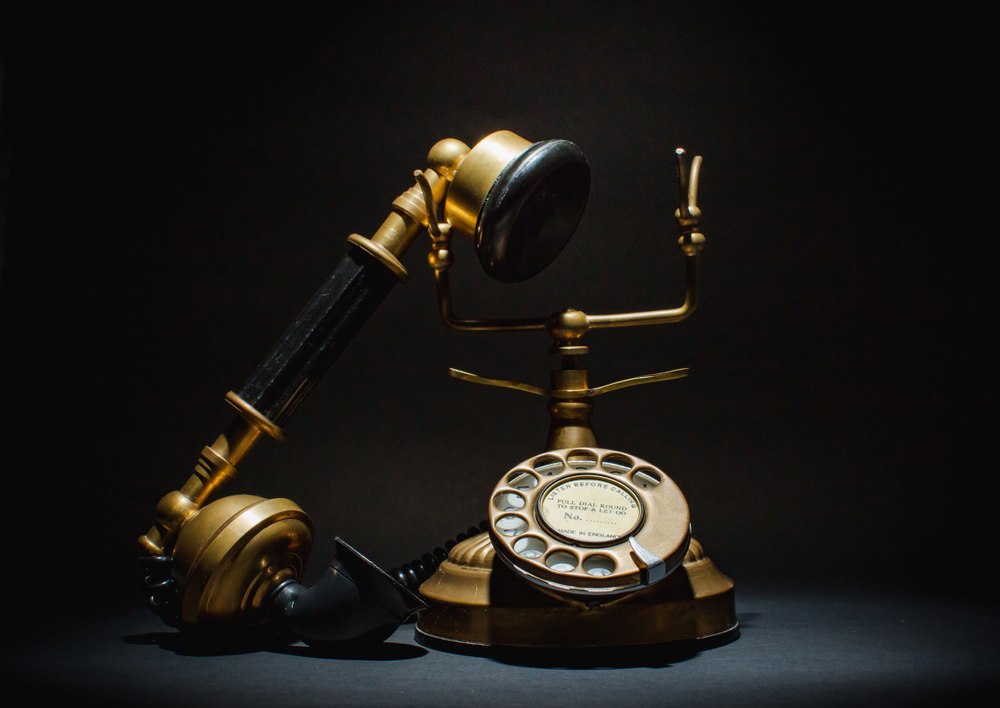The Evolution of Inventorship: How Our Favorite Technologies Have Changed Over Time
Inventorship is a field that is constantly evolving, with new technologies and innovations being developed all the time. This blog post will look at the evolution of some of our favorite technologies and will explore how they have changed and improved over time. One example of the evolution of inventorship is your smartphone. The first smartphones were developed in the 1990s and were essential for making phone calls and sending text messages. Smartphones today are much more advanced, with capabilities like internet access, GPS, and high-quality cameras. Now we have computers in our pockets. Another example is television. The first televisions were developed in the 1920s. TV's were large, bulky devices that only offered black-and-white images. Today, televisions are much smaller and offer high-definition, color images. Some screens are so unique one might not even recognize immediately that the screen is actually a television. This is includes some business marketing screens, sides of some buildings, or even tiny screens on some devies. These are just a few examples of how our favorite technologies have changed and evolved. From smartphones to televisions, it's fascinating to see how inventorship has shaped our world and how it continues to do so. Whether you're a technology enthusiast or just interested in the evolution of your favorite gadgets, this blog post will undoubtedly provide insight into the fantastic world of inventorship. Contact Tucker Law today to discuss how a patent attorney with our firm can turn your idea into a patented invention and our next favorite technology.






